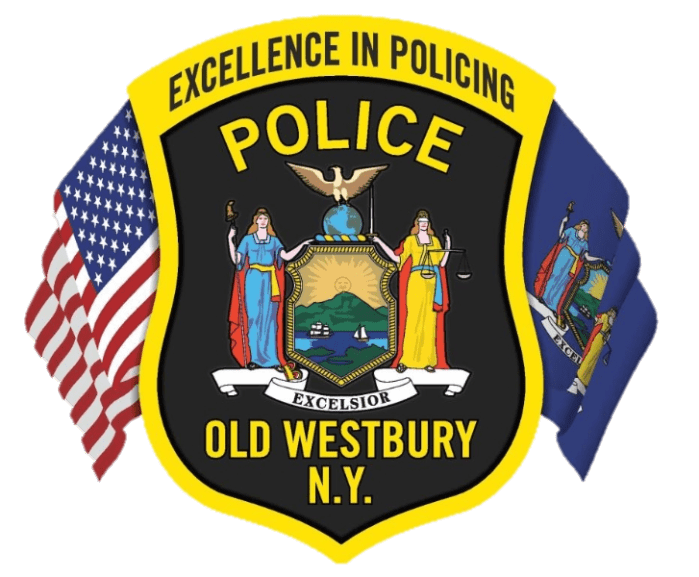Village of Westbury identifies landmarks
Westbury has a rich history, but many might not know that 360 Post Ave., currently home of the Westbury Community Center, used to be the residence of a prominent race horse breeder, or that the Westbury A.M.E. Zion Church was founded by freed slaves in 1834.
In order to preserve the rich foundation Westbury was built on, the Village will be placing historic landmarks at various sites, to recognize them as having a special character and historic, architectural or aesthetic interest or value.
“The whole intent is to raise awareness of local history and some of the things that exist in the community that need to be remembered from a cultural and historical standpoint,” said Village Mayor Peter Cavallaro. “There are places in our community which I think have interest, and should be marked.”

To help identify sites in the village that have historical significance, the mayor formed the Westbury Village Historical Landmarks Council. Finding the sites was pretty easy, said Gary Monti, committee chairman.
“If you’re from Westbury, you know what’s significant,” said Monti. “We came up with a list of 12 potential sites but we’re focusing on six right now.”
Though subject to change, the six sites the village is focusing on are the Religious Society of Friends Meeting House and Cemetery, Westbury A.M.E. Zion Church, Hicks Nurseries, House of Ambrose Clark (currently the Westbury Community Center and War Memorial), Vanderbilt Cup Race (site of the grandstand) and Robert Bacon Memorial Children’s Library. More places are expected to be added in the coming years.
Once sites were identified, the committee had to vet through the research and fact check to make sure the information being placed on the placards was absolutely correct. For some locations, they contacted family members or friends; with others, they dug through old records. Though there was a good amount of leg work, Cavallaro said the committee—comprised of himself, Monti, deputy mayor Joan Boes and residents Arthur Dobrin, Ray Muntz, Judith Burgess and Joe Moran—was excited to be involved.
“All of them were very interested in local history, they were really able to help craft the verbiage,” Cavallaro said. “It’s nice to see local residents who want to join with us to celebrate the past.”
The mayor said the village’s desire to preserve its historical landmarks is right in line with its ongoing revitalization.
“It’s not inconsistent with making the community more sustainable,” Cavallaro said. “There’s hundreds of years of history here. You can make it the kind of place that is thriving for today, but let people know there’s a lot of things that happened here and people who came before us to make it what it is today.”
Westbury’s history dates back to 1658 and much has changed since the farmland was settled by Quakers. The 1840s saw the addition of the Long Island Rail Road, which made it easier for German, Italian, Irish and Polish immigrants to work on Westbury’s farms, and African-American families also came to the area via the Underground Railroad. The ethnic diversity of the community continued to rise in the late 1800s, and today, Westbury remains a melting pot of cultures.
The village made a step in preserving its history in November 2014 when it acquired the Corporal James Walsh VFW Post #945 Hall, and rededicated it as the Westbury Military Historical Collection. The building, at 406 Maple Ave., houses authentic war memorabilia and artifacts, as well as a glass-encased plywood list featuring 2,200 names of servicemen from the area who served during World War II.
Signs for the sites are currently being made and the village expects to place the placards in mid-late July, with a little ceremony at each location.
Monti said he hopes placing the signs will help people learn more about the community they live in.
“I hope people recognize that Westbury is not just a suburban community that’s been around a long time. It’s one of the oldest communities on Long Island and because it was a Quaker community it was different,” Monti said. “It’s a really interesting idea and people will be proud to be living in the village once they learn more about it.”


























